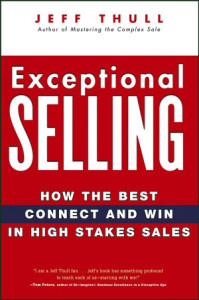Made-‘Ya-Look Blog Post Topics

“If you can make people look twice at a blog topic or title, they will definitely want to check it out,” observes Ken Myers in blogherald.com. Myers suggests fighting “the borings” by basing blog posts on some of the following, tying each to your own subject:
- Holidays (decorating ideas, recipes, tips)
- Celebrities (little known facts, causes they promote)
- Nightlife (gambling, drinking clubs, parties)
- Gross – (disgusting animal and human tidbits)
- Food (growing, cooking, recipes, restaurant review)
- Brands (the very names will assure your posts will attract interest)
- Love (relationships, anecdotes)
- Technology (latest cool toys, how-to tips)
- Nostalgia (comics, collectibles, memories from childhood)
I have a theory about human curiosity that I think taps into this “made-‘ya-look” concept: Our curiosity is at its most intense when it concerns testing our own limits. So, yes, readers like juicy gossip tidbits about sports and movie stars. And, of course, readers have interest in how stuff works in your field, (since they’ve been directed to your blog, the search terms they used indicated an interest in your field).
But (or so my theory goes, anyway), blog readers are most curious about themselves, about how they “work” and the limits of their own knowledge and their own physical capabilities. That’s why, for example, I think magazine “quizzes” are so hard to resist.
The one thing I’d add to Myers’ list for making searchers look again is Extraordinary Uses for Ordinary Things. Blogging about unusual ways your products or services have been applied in different situations is a good way to capture interest. It’s best if the new information relates, not only to your topic, but to something with which readers are already familiar.
Fight “The Borings” by making people look twice at your blog topic or title!





Follow us online!